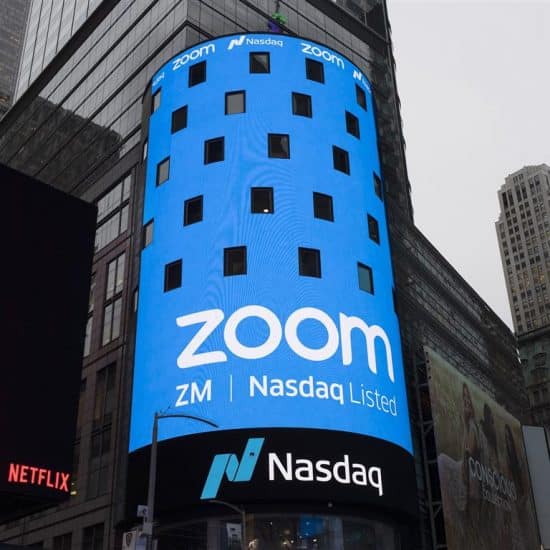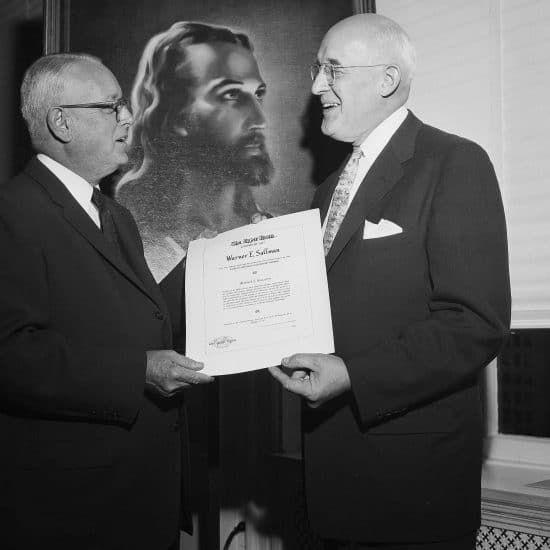Many congregations are discussing or have discussed turning to e-newsletters as an alternative to the U.S. Postal Service. The latest American Customer Satisfaction Index released last month gives regular delivery mail a rating of 72 on a 100-point scale. Slow or spotty mail service can make it difficult to send time-sensitive messages.
Churches also are looking at the cost factor. Use of an e-newsletter could mean cost savings on printing and postage.

Ken Satterfield
|
Before deciding, examine the pros, cons and options. Discuss what you want to communicate and how people like to receive information.
What are the advantages? Communication is nearly instantaneous. If equipment or cost has limited you to black and white, now utilizing color and artwork is another plus. Maybe it can reach a younger audience. (Surveys and focus groups can help you determine preferences — don’t make the mistake of assuming you know based solely on age.)
Disadvantages? Staff may need retraining to use another method. Design is still necessary so staff may not save time. There is a temptation to use too many fonts or colors, confusing creativity with readability. (Tips are at tinyurl.com/MATI-email-design.) You are required to follow the CAN-SPAM Act of 2003, which includes allowing receivers to unsubscribe.
Also consider that not all your readers may have access; Pew Research reported last year 15 percent of Americans 18 and older do not use the Internet or email. It may take time to request email addresses from members and visitors.
“Increasingly, the vast majority of church members are online, including senior adults for whom tablets and smartphones have simplified access. Some churches are becoming totally digital with communications,” David Cassady, president at the creative services firm FaithLab (thefaithlab.info), noted.
“Others, who continue to have a portion of their congregation who need or prefer printed items, include the main announcements in an insert for Sunday bulletins and also mail those inserts to the few members who need the information in print. Some also provide printed announcement sheets as meal placemats for Wednesday dinners.”
How? One option is to produce a newsletter and save it as a PDF file to preserve formatting. Then send it as an email attachment to members, or send a link to the file posted online. Two potential problems: some won’t take the extra step of opening a (potentially large) attachment or link, and sending emails to a large number of addresses at once can flag your message as spam. (Find tips at tinyurl.com/MATI-stopspam.)
Another option is to use mailing services. These allow you to maintain segmented mailing lists (such as all members or parents of preschoolers), provide attractive templates that do not need to be opened and work with other mailing and marketing tools. Reports allow you to see how many opened a message, what they clicked and “bounces” not receiving your email.
Constant Contact (constantcontact.com) and MailChimp (mailchimp.com) are the most popular.
“I’ve used both for years…. and both are solid and worth recommending,” Cassady said. But he prefers MailChimp for two big reasons: “ease-of-use and free!”
You can find an excellent detailed comparison of the two services by Orior Creative at mailmunch.co/blog/mailchimp-vs-constant-contact.
Your content should meet both your and your readers’ needs. An e-newsletter shouldn’t merely be everything that was in print copied into an email. Could columns start in an e-newsletter and continue on the church site to reduce length? Do you need to include “number information” such as finances and attendance? How can you share prayer concerns while still protecting privacy?
A third option is utilizing both print and electronic communication. Churches can increase appeal by offering value-added communication. Many Word&Way readers receive a newsletter edition with church, group or association news on the back page. Many organizations save on costs while still providing additional news and features.
“We are beyond the day when just one communication method can carry our promotion pressure,” church communications expert Scott Vaughan (svministry.com) believes, suggesting churches could combine monthly publication print issues in the summer and year-end holidays. For example, churches could save money on two less issues, while “balancing your print newsletter with a weekly e-newsletter and integrated use of your church’s Facebook page.”
Cassady encourages churches “to take a fresh look at how, when, and where information is shared…” Use multiple ways of keeping those receiving your communications engaged and informed.
Ken Satterfield is marketing coordinator for Word&Way.






